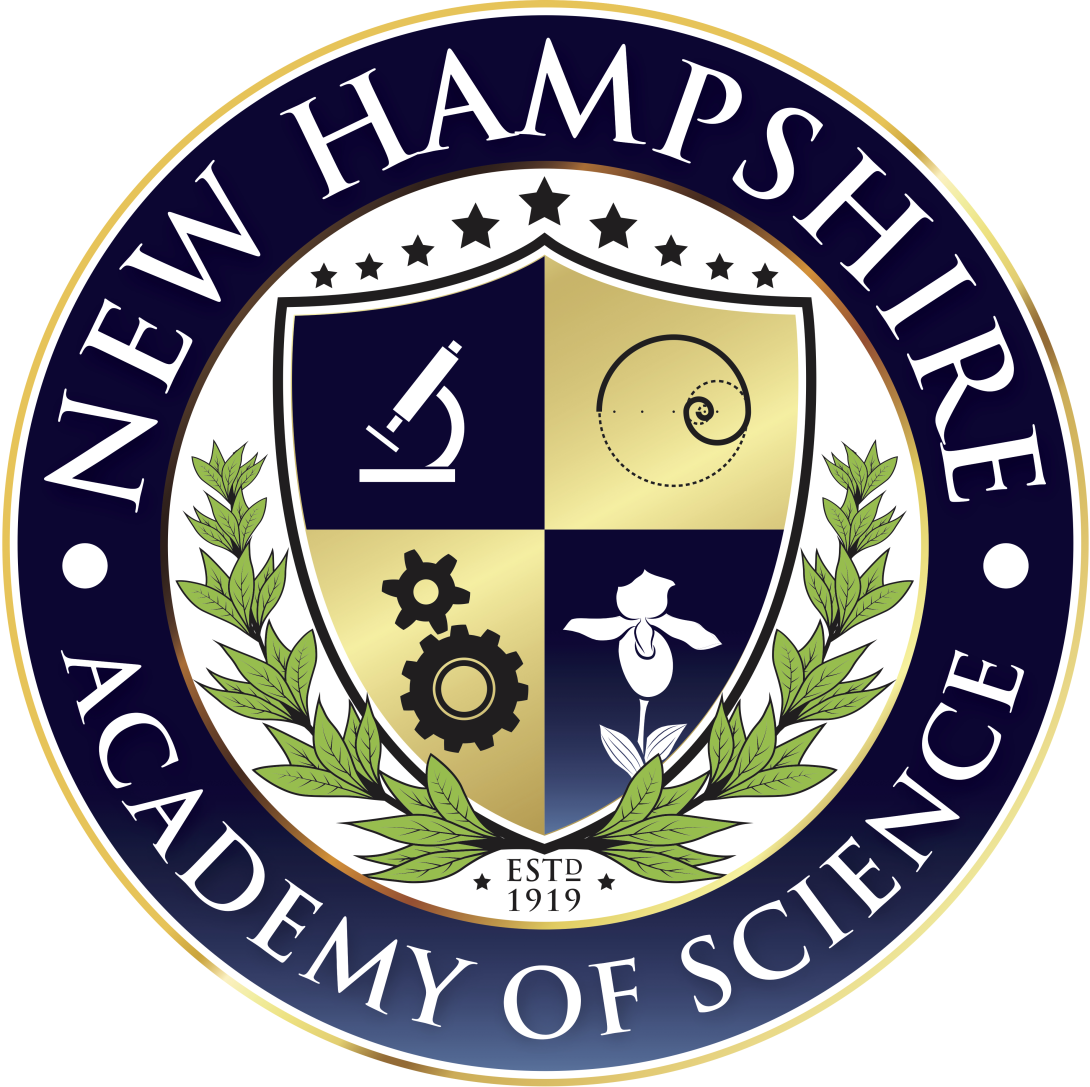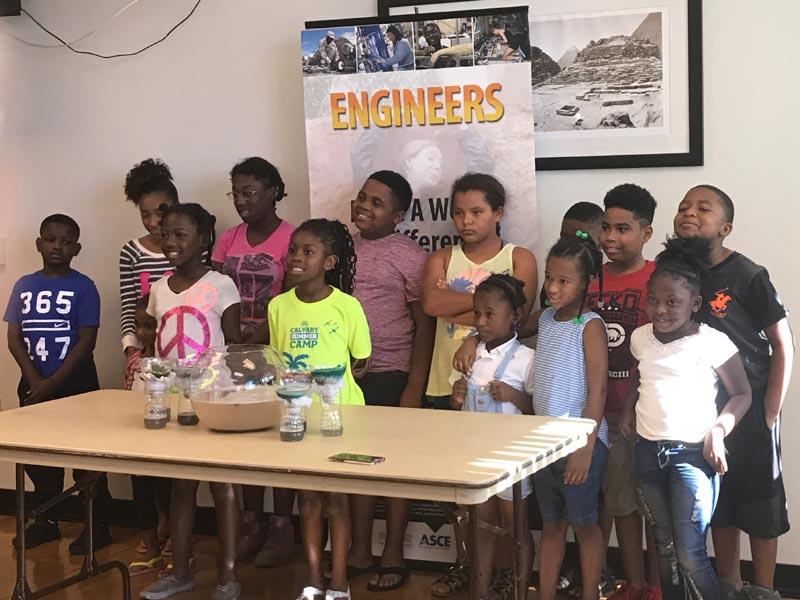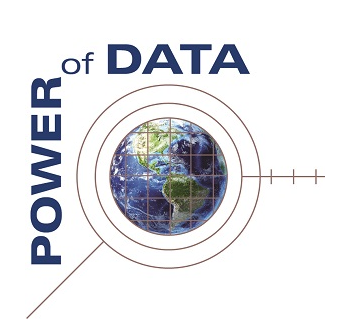Developing neural and behavioral measures to predict long-term STEM learning outcomes from a high-school spatial learning course
This project uses neural and behavioral measures of learning as a basis for making improvements to an immersive high school course that trains students in flexible spatial cognition and data analysis. Tracking students into college, the project measures long-term effects of improved spatial cognition resulting from the modified geospatial course curriculum. Large-scale longitudinal studies have demonstrated the overwhelming benefit of advanced spatial cognitive abilities for success in STEM careers.



